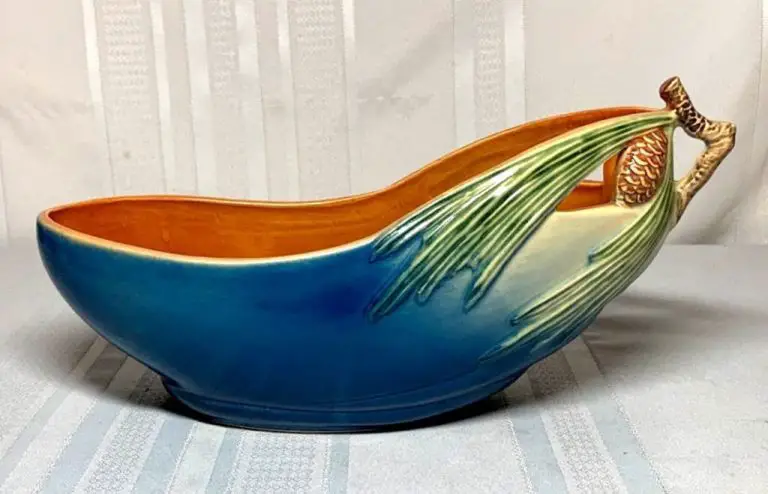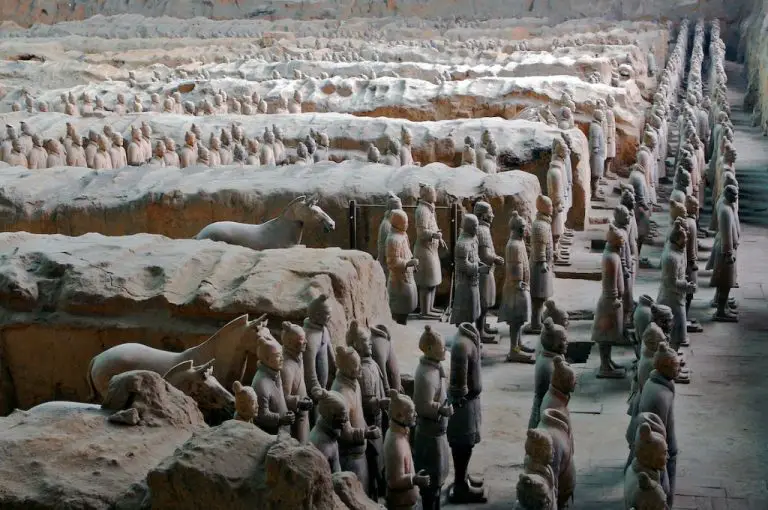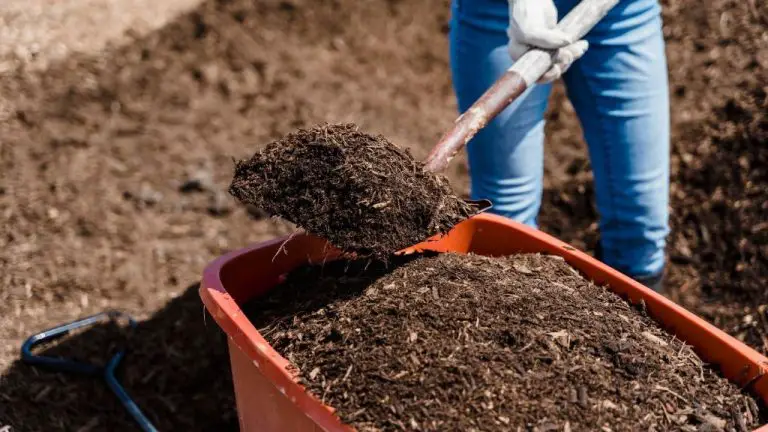How Permanent Is Air Dry Clay?
What is Air Dry Clay?
Air dry clay, also called self-hardening clay, is a modeling material that cures naturally through evaporation. It typically contains a mixture of polymers, minerals, and water. The main ingredients are:
Clay – Gives air dry clay its moldable texture and provides structure as it dries. The clay used is non-toxic and non-staining.
Vinyl polymer – Acts as a binder to hold the clay together as it hardens. Polymers allow the clay to dry into durable shapes.
Water – Used to soften the clay for sculpting. The water gradually evaporates as the clay dries.
Air dry clay differs from ceramic clays that require firing in a kiln. It also differs from polymer clay that cures through heat rather than air exposure. The benefit of air dry clay is its simplicity – no baking or additional chemicals are needed for finished pieces.
How Air Dry Clay Dries
Air dry clay dries through a process called evaporation. The water that was added to the clay to make it pliable evaporates as the clay is exposed to air. It does not require heat or sunlight to dry, just air circulation.
On average, air dry clay takes 24-48 hours to fully harden when shaped at about 1/4 inch thickness. Thicker pieces may take longer, up to 4 days or more if over 1 inch thick. Thinner pieces may dry faster, in as little as 8-12 hours if under 1/8 inch.
There are several factors that affect drying time:
- Thickness – Thicker pieces take longer to dry
- Air circulation – Good airflow speeds drying
- Humidity – High humidity slows drying
- Clay consistency – Wetter clay takes longer to dry
- Clay composition – Some clays dry faster than others
While air dry clay will fully harden at room temperature, low temperatures can slow the drying. Direct sunlight and heat can help speed drying if needed.
Strength and Durability
When completely dry, air dry clay is quite strong and durable. The clay hardens as the water evaporates, creating a sturdy material. However, air dry clay is generally not as strong as materials like ceramic or polymer clay that undergo additional hardening processes.
The strength of air dry clay depends on several factors:
- Thickness – Thinner pieces tend to be more fragile than thicker pieces.
- Composition – Some air dry clay brands contain more filler ingredients like cellulose that can weaken the material.
- Drying conditions – Faster drying in low humidity strengthens the clay more than slow drying.
- Handling – Rough handling or dropping pieces before completely dry can cause cracks and weak points.
When dried properly, air dry clay can remain intact for many years. Pieces used for decorative purposes or protected behind glass may last indefinitely. Pieces exposed to weather or frequent handling will degrade over time. Air dry clay eventually reabsorbs moisture from the air, so is not as durable long-term as materials like polymer clay or fired ceramics.
Making Pieces Permanent
If you want your air dry clay sculptures to be more durable and water-resistant, you can apply a sealant or finish. This will help harden and protect the clay. Here are some options for sealing air dry clay:
Sealants
Polyurethane
A water-based polyurethane sealant is one of the most common choices. It dries clear and provides a nice glossy finish. Apply 2-3 thin coats with a brush, allowing each coat to fully dry in between.
Acrylic sealer
Acrylic sealers come in both matte and gloss finishes. They dry quickly and are easy to apply with a brush. Let the sculpture dry fully before sealing.
Mod Podge
The classic decoupage glue can also be used to seal sculptures. It dries transparent and gives a nice sheen. Apply multiple coats for best protection.
Shellac
An alcohol-based sealant like shellac will dry hard and smooth. It brings out subtle colors in the clay. Shellac is best applied with a brush in thin coats.
How to Apply Sealant
Make sure your air dry clay piece is fully cured and clean before sealing. Use a soft brush to apply a thin, even coat of your sealant of choice. Let it dry completely, then repeat for 2-3 total coats. Apply sparingly around details and textures so they don’t get obscured. Handle gently until fully dry.
Sealing will help make your air dry clay sculptures more permanent, protected, and durable for years of enjoyment!
Storing Unfinished Pieces
Air dry clay remains workable even when dried, as long as it has not been sealed. To store unfinished pieces, it’s important to prevent the clay from drying out fully so it retains its pliability.
The best way to store air dry clay projects is in an airtight plastic container or bag. Make sure the clay is sealed off from air exposure. You can wrap pieces individually in plastic wrap before placing in the container. Adding a damp paper towel to the container will help maintain moisture levels.
Do not allow unused clay to dry out. Keep it sealed in an airtight bag or container to prevent moisture loss. If properly stored, air dry clay can remain usable for 6 months or longer.
Check on stored pieces periodically. If they start to stiffen from partial drying, you can reconstitute the clay by kneading it or misting it with water until it becomes malleable again.
With proper storage methods, air dry clay retains its workability for finishing projects later. As long as it has not been sealed, clay in a leather-hard state can be rehydrated and sculpted as needed.
Tips for Working with Air Dry Clay
Working with air dry clay requires some unique techniques to get the best results. Here are some tips for handling air dry clay:
Conditioning the Clay
Air dry clay can get quite stiff, especially if it’s been stored for a while. Before starting any project, it helps to condition the clay by kneading it for several minutes. This softens the clay and makes it more pliable and easier to shape. If the clay is very stiff, letting it sit wrapped in a damp paper towel for 15-30 minutes can also help soften it up.
Achieving Smooth Finishes
When sculpting with air dry clay, you may notice some cracks and grooves on the surface as you manipulate the clay. This is normal, but there are a few ways to achieve a perfectly smooth finish:
- Use plastic wrap or a moist sponge to gently smooth over the surface
- Brush on a thin layer of water or acrylic paint and let dry to fill in imperfections
- Sand any rough areas gently with fine grit sandpaper
Joining Pieces
To join two pieces of air dry clay:
- Score or roughen the edges slightly so the adhesive has something to grip onto.
- Apply a thin layer of air dry clay adhesive, acrylic paint, or liquid clay to the edges.
- Firmly press the pieces together, smoothing over the seam.
- Let dry fully before handling.
Best Uses for Air Dry Clay
Air dry clay is well-suited for a variety of crafting and art projects. Here are some of the best uses for air dry clay:
Crafting
Air dry clay is commonly used for making crafts and decorative pieces. It works well for:
- Ornaments
- Figurines
- Jewelry
- Magnets
- Wall hangings
The lightweight nature and ability to dry at room temperature makes air dry clay ideal for crafting small, intricate pieces.
Kids’ Projects
Air dry clay is a great choice for children’s crafts and school projects. It’s easy to work with and dries hard enough to withstand normal play. Parents and teachers like air dry clay because it’s non-toxic and mess-free compared to traditional clay.
Quick Models
Artists often use air dry clay to create quick concept models and mock-ups. It allows shaping pieces rapidly without waiting for firing or baking. The clay can be sanded, shaped, and painted once fully dry.
Compared to other clays, air dry clay is convenient, dries fast, and requires no special tools or equipment for small projects. It’s easy to use right out of the package. These advantages make air dry clay a versatile material for crafters and artists alike.
Limitations of Air Dry Clay
While air dry clay is versatile and easy to work with, it does have some limitations compared to other modeling clays.
Air dry clay is not as strong or durable as clays that require firing in a kiln. Pieces made from air dry clay can become brittle and fragile over time. Air dry clay is susceptible to dents, cracks, and breakage, especially for larges pieces or those subject to frequent handling. For art pieces intended to last for many years without repair, polymer clay or ceramic clays fired in a kiln are better options.
The lightness of air dry clay can also be a limitation for some projects. The low density makes it difficult to create pieces with weight and gravitas. Air dry clay may not be the best choice when trying to mimic the feel of solid stone or metal sculptures.
Compared to polymer clay, air dry clay can only be used for small details and accents. Polymer clay’s strength allows for much larger sculptures. Air dry clay pieces are also limited in thickness and size by drying time. Hollow pieces or armatures are often needed to allow the interior to dry properly.
While air dry clay can be painted after drying, the porous surface means it absorbs paint differently than denser clays. Achieving smooth, even coloring can be challenging. The surface also requires sealing before painting. For complex paint jobs with fine details, polymer or fired clays often produce better results.
Air dry clay is best suited for small decorative objects, simple sculptures, and crafts. For professional art pieces, keep its structural limitations in mind. Sturdier and more durable clays may be preferable for large, free-standing sculptures or pieces intended to last indefinitely without repair.
Air Dry Clay vs Polymer Clay
Although both air dry clay and polymer clay are popular choices for crafters and artists, there are some important differences between the two mediums.
In terms of properties, air dry clay is water-based whereas polymer clay is plasticine-based. Air dry clay hardens naturally as it dries through evaporation, while polymer clay requires baking to set it. Air dry clay pieces are quite fragile after drying, especially larger works. Polymer clay can be very durable once baked. In terms of workability, air dry clay is easier to work with initially but can dry out quickly. Polymer clay stays malleable until baked.
For projects, air dry clay is a good choice for smaller, non-functional pieces that don’t need to hold up over time, like basic shapes, ornaments, jewelry, etc. Polymer clay works better for larger, more complex projects, as well as functional items like dishes, buttons, dolls, etc. that will see wear and need more durability. The lightweight nature of air dry clay makes it unsuitable for major structural elements.
The main differences come down to air dry clay being water-based, drying naturally, easier to work but not as strong, suitable for simple projects. Polymer clay is plasticine-based, needs baking to harden, stays malleable longer but results in a more durable finished product, and works for complex and functional pieces.
Frequently Asked Questions
How long does air dry clay take to dry? One of the most common questions about air dry clay is how long it takes to fully dry. Depending on the thickness of the pieces, air dry clay typically takes 24-72 hours to completely dry and cure when left out at room temperature. Thicker pieces may take even longer. Using a fan or heater can speed up drying time.
Does air dry clay shrink as it dries? Yes, air dry clay does shrink slightly as it dries, usually about 10-30%. To account for shrinkage, make molds and pieces slightly larger than you need them to be. You can also bake air dry clay to reduce shrinkage.
Can you bake air dry clay? While technically called “air dry”, air dry clay can be baked in the oven after fully drying to further harden and strengthen it. Bake at 200°F for 30 minutes per 1⁄4 inch of thickness. Baking helps reduce shrinkage and makes the material more durable.
Is air dry clay waterproof? Plain air dry clay is not waterproof, and moisture can damage pieces over time. There are sealants and varnishes that can be applied to make it water resistant. Alternatively, baking the pieces will help protect them from moisture damage.
Does air dry clay expire or go bad? Properly stored, air dry clay can last for years without expiring. As long as it’s kept sealed in an airtight container away from moisture, it should not go bad. If the clay ever dries out it can be reconstituted by mixing in a bit of water.



